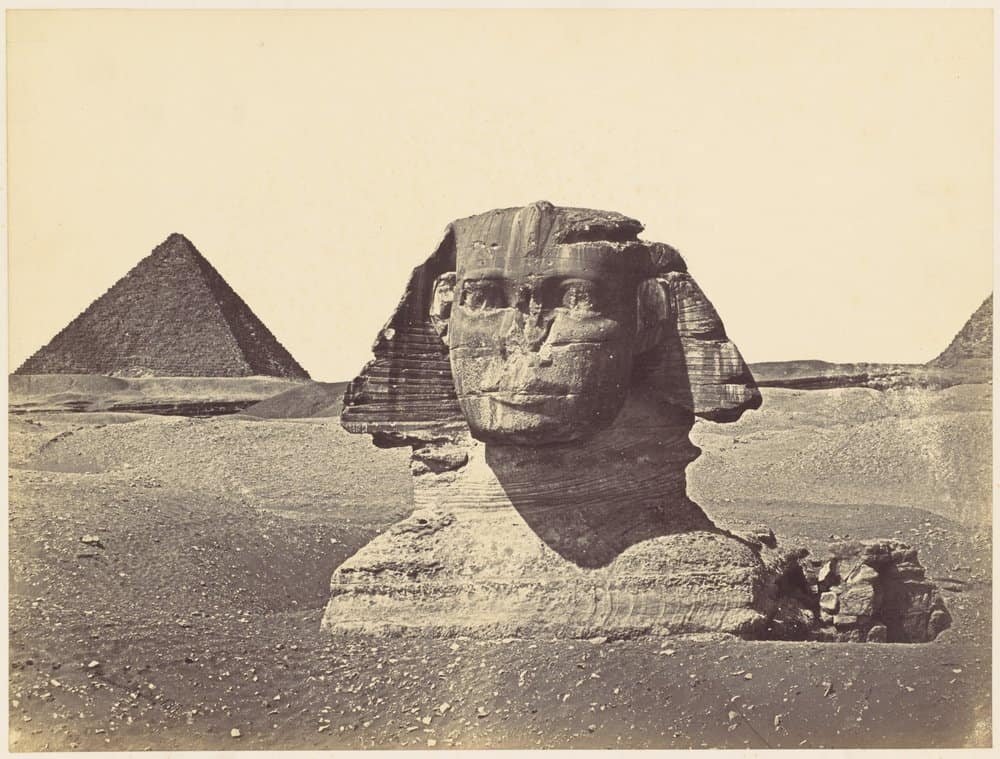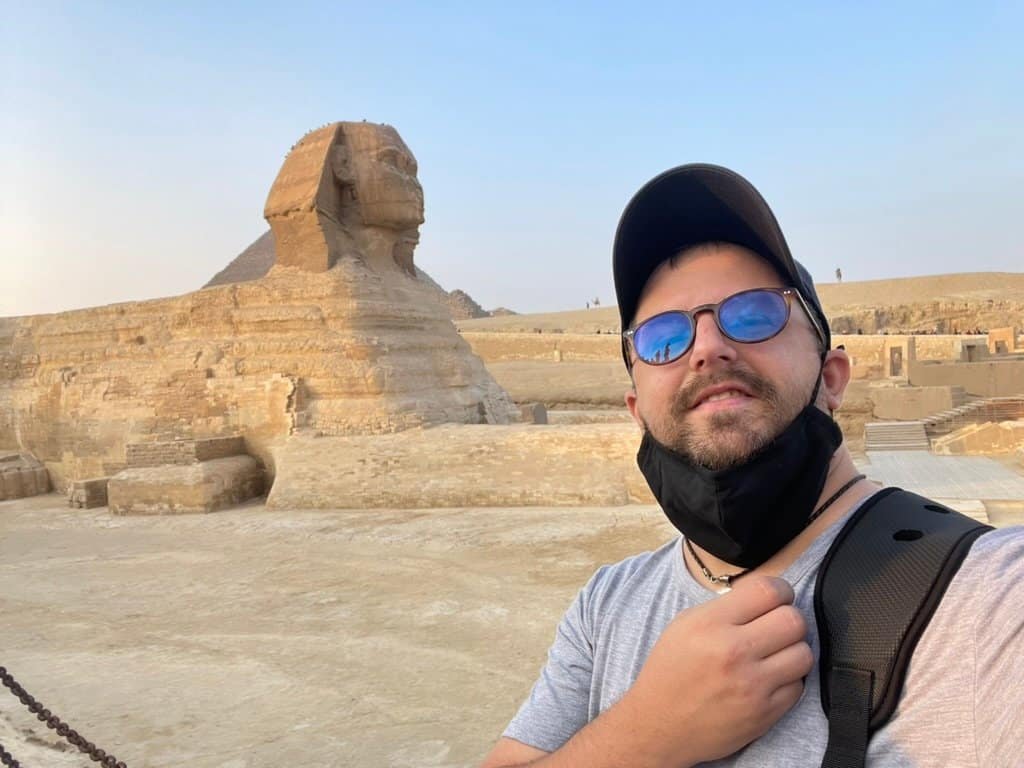When most people imagine ancient Egypt, the towering pyramids of Giza come to mind instantly. But just a few steps away from these monumental tombs lies an even more enigmatic structure—one that has puzzled historians, archaeologists, and travelers for centuries. The Great Sphinx, with its lion’s body and human face, is more than just a photo backdrop for a Giza Pyramids tour. It’s a symbol of mystery, endurance, and the genius of ancient civilization.
But what exactly are the secrets of the Great Sphinx? Why does it continue to capture our collective imagination? And how do modern-day travelers experience this marvel, especially during luxury Egypt vacations that offer an intimate view of the country’s ancient wonders?
A Monument of Many Mysteries

The Great Sphinx is carved directly from limestone bedrock and measures about 240 feet long and 66 feet high, making it one of the largest—and oldest—monolithic statues in the world. Most experts agree it was built during the reign of Pharaoh Khafre around 2500 BCE, yet questions still swirl around its origins and purpose.
One of the biggest mysteries is the Sphinx’s face. Is it really Khafre? Some researchers argue that the facial features don’t match statues of the pharaoh and suggest the statue could be older than commonly believed—possibly predating the pyramids themselves. Others point to erosion patterns on the statue’s body that may indicate water damage, supporting theories of a more ancient construction date.
These debates are not just academic. They tap into something deeper: our desire to understand how and why such a structure came into being. The secrets of the Great Sphinx aren’t only in its architecture, but in what it represents—a riddle of time carved in stone.
Symbolism and Function
The Sphinx’s hybrid form—part lion, part man—is rich in symbolism. In Egyptian mythology, lions represented strength and royal power, while the human face may signify wisdom or divine rulership. Together, the statue likely served as a guardian of sacred spaces, particularly the pyramid complex of Khafre.
Some archaeologists suggest the Sphinx might have also served as a celestial marker, aligning with the rising sun during the spring equinox. This adds a layer of cosmic significance to its construction and places it firmly within the spiritual framework of ancient Egyptian religion.
Despite centuries of sandstorms and erosion, the Great Sphinx still stands, watching over the desert as it has for over 4,500 years. That kind of endurance adds to its mystique—and its role as a centerpiece in many Giza Pyramids tour itineraries.
Visiting the Sphinx: What to Expect

While you can read about the Sphinx for hours, nothing compares to standing before it in person. During a typical Giza Pyramids tour, visitors walk from the towering pyramids down toward the Sphinx’s enclosure, where the statue rests quietly but imposingly in its sunken limestone bed.
Guides often share not only the historical facts but also the myths, legends, and conspiracy theories that have become part of the Sphinx’s legacy. Did Napoleon’s soldiers shoot off the nose? Was it originally covered in hieroglyphics? Are there secret chambers beneath it?
These stories—true or not—add to the allure. Whether you’re a history buff, a spiritual seeker, or just curious, the Sphinx offers a window into the ancient mind.
The Luxury Egypt Experience
For those choosing to explore this wonder through luxury Egypt vacations, the experience can be elevated beyond the standard sightseeing tour. Think private access, expert Egyptologists, and the chance to experience the Giza Plateau at quieter hours—like sunrise or sunset, when the desert light casts a golden glow over the stone.
Luxury trips often include personalized insights, lesser-known stops, and curated experiences that connect the ancient to the present. A quiet moment by the Sphinx—away from crowds—lets you absorb the scale, silence, and symbolism of one of the world’s most enduring monuments.
In many cases, travelers also visit the nearby Sphinx Temple, made of the same limestone blocks carved from around the statue. It’s another piece of the puzzle that adds depth to the story.
Why the Sphinx Still Matters
The Great Sphinx isn’t just a relic of the past. It’s a bridge between what we know and what we don’t. Its secrets invite us to keep asking questions, to keep digging—literally and metaphorically—for deeper understanding.
And that’s what makes a visit to the Giza Plateau so unforgettable. It’s not just about checking off landmarks. It’s about standing in the presence of something ancient, unsolved, and profoundly human.
Final Thoughts
Whether you’re studying history, planning a trip, or just intrigued by ancient mysteries, the secrets of the Great Sphinx offer endless fascination. Seen up close during a Giza Pyramids tour or experienced in style during luxury Egypt vacations, the Sphinx challenges us to look beyond what’s visible—to think about the stories carved into stone and the civilizations that left them behind.
One statue. Thousands of years. Endless questions. That’s the enduring power of the Great Sphinx.

